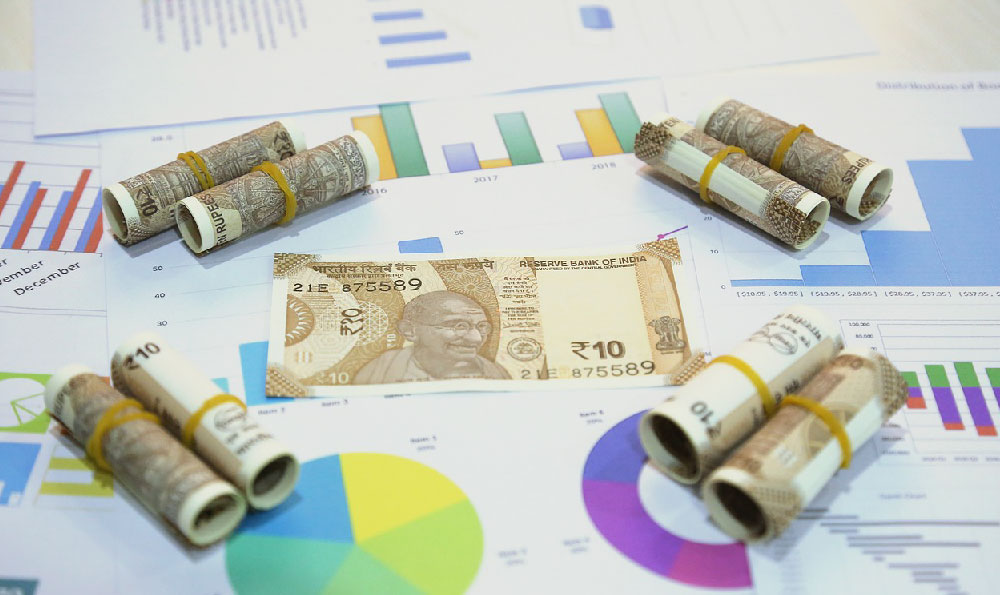Alright, let's dive into the heart of Stardew Valley's economy: maximizing your profits in the early game to set yourself up for long-term success. Forget overnight miracles; sustainable wealth requires a solid foundation. The key is understanding your resources, prioritizing your actions, and making shrewd investments.
The very beginning of Stardew Valley presents a humble starting point. Your dilapidated farm is overgrown with weeds, rocks, and trees, and you have a limited inventory and energy pool. Resist the urge to immediately clear everything. Instead, focus on strategic clearing. Prioritize areas around your house and fields where you intend to plant your initial crops. The weeds, rocks, and trees provide essential resources like Fiber, Stone, and Wood. These materials are crucial for crafting early-game tools, building chests for storage, and repairing the bridge on the beach. The beach bridge repair should be a priority, as it unlocks foraging opportunities and access to sea-related activities like fishing and crab pots, which can supplement your income.
Fishing is an incredibly lucrative activity in the early days. It's an excellent source of income, especially before your crops mature. Spend your first few days dedicating a significant portion of your time to fishing. Focus on maximizing your cast distance and improving your timing. As your fishing skill increases, you'll unlock better rods, and the quality of the fish you catch will improve, resulting in higher selling prices. Don't underestimate the value of learning the fishing mechanics early on. Watch the fishing bar carefully, and learn to tap the button strategically to keep the fish within the green zone. Remember to forage along the riverbanks and beaches while you're fishing. These foraged items can be sold for extra cash or used in recipes.

Once you've gathered enough resources and earned some capital through fishing and foraging, it's time to invest in seeds. The Spring season offers a variety of crops, each with its own growth time and profitability. Consider planting a mix of crops to mitigate risk and maximize your returns. Parsnips are a good starting crop due to their quick growth time, but their profit margin is relatively low. Consider diversifying with crops like Kale, which takes a bit longer to grow but yields a higher profit. Don't neglect Wild Seeds. Crafting these using foraged items can provide a valuable head start in Spring, often yielding more profit than Parsnips. Remember to water your crops daily! The first upgrade you should consider is a better watering can. This will save you time and energy.
As you progress through the Spring, pay attention to the Community Center bundles. Completing these bundles will unlock valuable rewards, such as Spring Seeds, which can significantly boost your crop production. Focus on completing the foraging and fishing bundles early on, as they provide immediate benefits to your resource gathering efforts. Also, the Mine is available after day 5. This is a dangerous, but necessary, area to venture to. Collect all the ores you can find so you can start upgrading your tools.
Summer brings new opportunities for crop production. Blueberries are a fantastic choice for maximizing profits, as they produce multiple harvests. However, their initial seed cost can be substantial. Prioritize saving up enough capital from your Spring crops to invest in a large quantity of Blueberry seeds. Watermelons are also a good choice for their high selling price, but they have a longer growth time. Consider planting a mix of Blueberries and Watermelons to diversify your income stream. Like the Spring, make sure you are foraging and doing your best in the mine. Level up your tools to help you with various tasks on your farm.
Beyond crops and fishing, consider other early-game strategies for generating income. Raising chickens is a relatively low-cost way to produce eggs, which can be sold for a consistent profit. Invest in a coop early on and purchase a few chickens. The chickens will need to be fed daily, so make sure you have enough hay. Also, you can make mayonnaise using a machine that unlocks with farming level, which increases the profit of the eggs exponentially. Keep an eye on the traveling cart that appears in the Cindersap Forest on Fridays and Sundays. The traveling cart sells a variety of items, including rare seeds and valuable resources. Sometimes, you can find items that can be sold for a significant profit.
Effective time management is crucial for maximizing your earnings. Plan your day carefully, prioritizing tasks that will generate the most income. Use your energy wisely, and avoid wasting time on activities that don't contribute to your financial goals. Consider crafting a scarecrow to protect your crops from crows. Crows can damage your crops, reducing your overall yield. As you level up your farming skill, you'll unlock new crafting recipes and farming techniques that will further enhance your productivity.
Finally, it's important to reinvest your profits wisely. Don't spend all your money on frivolous items. Instead, focus on upgrading your tools, expanding your farm, and purchasing more seeds. These investments will pay off in the long run, allowing you to generate even more income. In Stardew Valley, slow and steady progress, combined with strategic decision-making, is the surest path to riches. There is no single "get rich quick" scheme. Instead, you build a sustainable and thriving agricultural empire. So fish, farm, forage, and reinvest wisely, and you'll be swimming in gold in no time.












